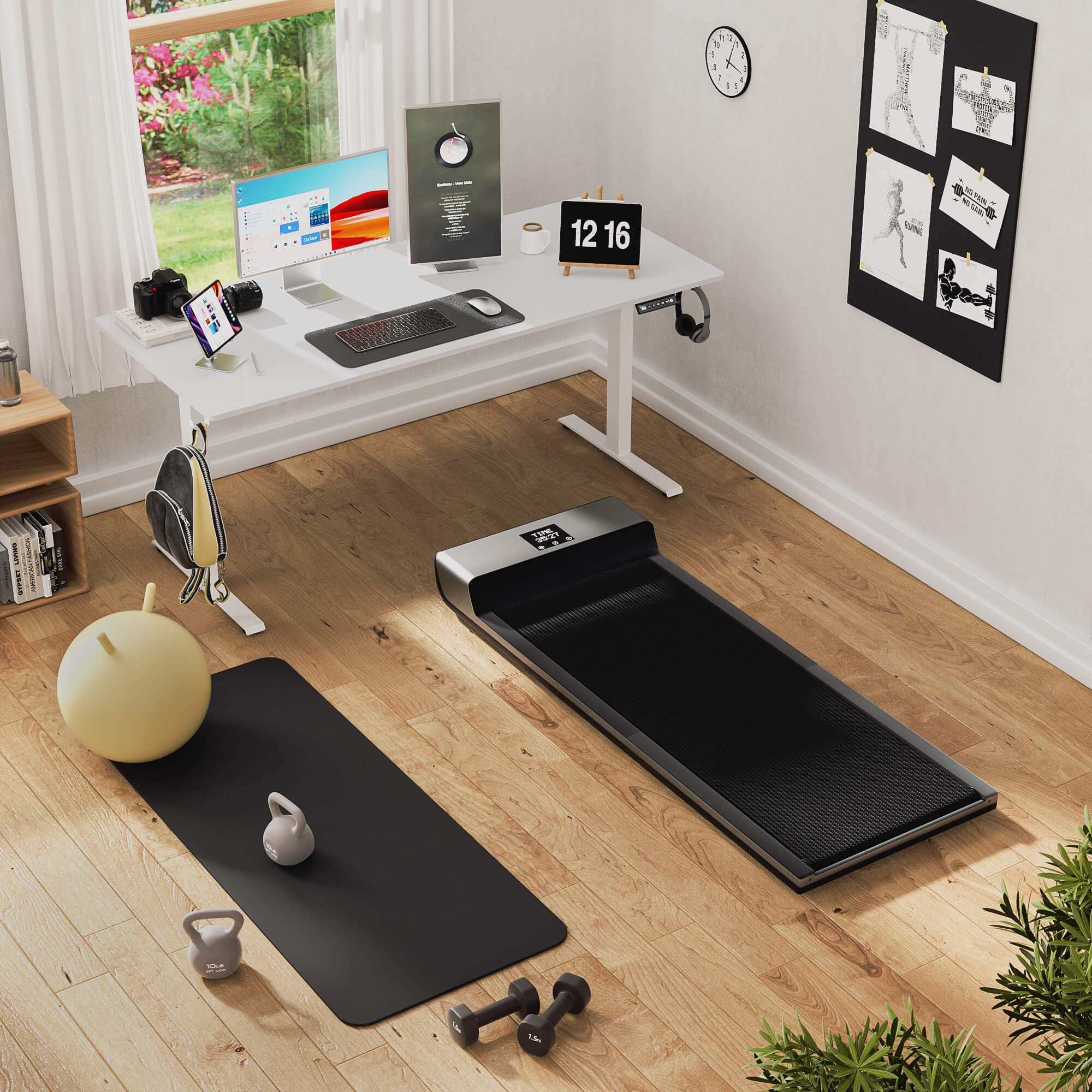Lower back pain is a common issue in today’s sedentary work culture. Many people spend hours sitting at desks, which can lead to discomfort and long-term health problems. One effective solution that has gained popularity is the standing desk. Research shows that using a standing desk can help alleviate lower back pain. Let’s explore how this simple transition can benefit your back health.
Understanding Lower Back Pain
Lower back pain can arise from several factors, including poor posture, muscle strain, and prolonged sitting. When we sit for long periods, our bodies often adopt unhealthy positions. As a result, this leads to muscle imbalances and increased pressure on the spine. According to the American Chiropractic Association, about 80% of Americans experience back pain at some point in their lives. Therefore, finding effective solutions is essential for many individuals.
The Benefits of a Standing Desk
Using a standing desk can provide several benefits for those suffering from lower back pain:
1. Promotes Better Posture
One of the main advantages of a standing desk is that it encourages better posture. When standing, people are more likely to align their spine correctly. This natural alignment can significantly reduce strain on the lower back. Research published in the *Journal of Occupational Health* found that using a standing desk improves posture, leading to less discomfort in the back and neck.
2. Reduces Pressure on the Spine
In addition to improving posture, standing desks help reduce pressure on the spinal discs. Sitting for long periods can place significant stress on these discs, contributing to pain. Conversely, a standing desk allows for a more natural spinal alignment, helping to distribute weight evenly. According to a study in the *International Journal of Environmental Research and Public Health*, switching to a standing desk can lead to less pressure on the lower back and, as a result, less pain.
3. Encourages Movement and Flexibility
Another benefit of a standing desk is that it promotes movement throughout the day. When you stand, it’s easier to shift your weight, stretch, or take short walks. This movement increases blood flow and keeps muscles engaged. Moreover, a study published in the *American Journal of Public Health* found that incorporating movement into the workday can help alleviate lower back pain. Regular movement can prevent stiffness and improve overall flexibility.
Tips for Using a Standing Desk
To maximize the benefits of a standing desk for lower back pain, consider these practical tips:
1. Start Gradually
If you’re new to using a standing desk, begin slowly. Start by standing for 15-30 minutes every hour, and then gradually increase your standing time as your body adjusts. This gradual approach helps prevent fatigue and discomfort.
2. Ensure Proper Ergonomics
Setting up your standing desk ergonomically is crucial. Ensure that your monitor is at eye level, and keep your arms at a 90-degree angle when typing. Good posture is key to reducing strain on your lower back, so make sure your setup supports this.
3. Use Anti-Fatigue Mats
Consider using an anti-fatigue mat. These mats provide cushioning and support, making it more comfortable to stand for extended periods. They can help reduce fatigue in your legs and lower back, allowing you to work more comfortably.
4. Incorporate Movement Breaks
Incorporate regular movement breaks into your routine. For example, every hour, take a few minutes to walk around or stretch. This practice not only helps reduce stiffness but also promotes circulation, benefiting your lower back.
5. Wear Supportive Footwear
Finally, wearing comfortable and supportive shoes can make a significant difference. Footwear that provides adequate arch support can help reduce discomfort in your lower back while standing. Choose shoes that help you maintain comfort throughout the day.
Conclusion
In conclusion, a standing desk can be an effective tool for relieving lower back pain. By promoting better posture, reducing pressure on the spine, and encouraging movement, standing desks offer numerous benefits for those suffering from discomfort. If you’re dealing with lower back pain, consider making the switch to a standing desk. As always, consult a healthcare professional before making significant changes to your routine. With the right approach, a standing desk can contribute to a healthier, more comfortable work environment.


